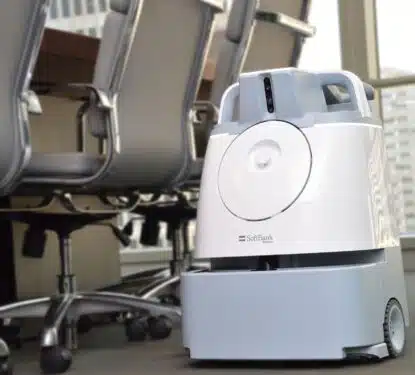At the World Economic Forum in Davos last month, the CEO of JLL explained why “data is absolutely critical” to the firm. This from the 2nd largest commercial real estate brokerage and service provider in the world shows the extent to which technology will shape the next decade in property. The interview continued, “Ulbrich highlighted space utilization technology as one of the highest-impact verticals for the company … JLL can use this data to drastically shrink its clients’ real-estate footprints, lowering costs …” These comments mirror the main findings from our new research into the market for Occupancy Analytics technology, where Space utilization is driving growth. And little wonder, with office densification rates increasing across the world and expectations for more human and productive environments. The need to provide better insight into the repurposing of workplaces is imperative. In the same interview, JLL talk about clients reducing space by 20% and one in particular bringing […]
Most Popular Articles

Neeve’s Edge-Cloud Platform: Key Metrics & Growth 2025
This Research Note examines Neeve, the US startup offering an edge-cloud platform designed to enhance smart building operations by integrating operational technology (OT) systems into secure, connected environments. We highlight its founding as IoTium, before exploring its current offering, deployments, funding and partners, concluding with our view of the business. Neeve Profile Founded in 2015 […]

icetana Secures $3.6M SoftBank Partnership: 2025 Financial Analysis and Growth Strategy
This Research Note examines the Australian listed company, icetana AI, based on its latest financial results year ending 30 June 2025 and its deployments, strategic investments and regional growth opportunities over the past three years. icetana AI Profile Founded in 2009, icetana AI is a small software as a service (SaaS) company specializing in AI-assisted […]

Video Surveillance Market 2025: Ongoing Shift towards Software Drives Growth
The video surveillance industry is undergoing its most significant transformation since the shift from analog to digital. What was once primarily a reactive security tool, cameras recording footage for post-incident review, is evolving into a proactive intelligence infrastructure. The traditional model of video surveillance centered on cameras, on-premise storage and software. That era is coming […]
